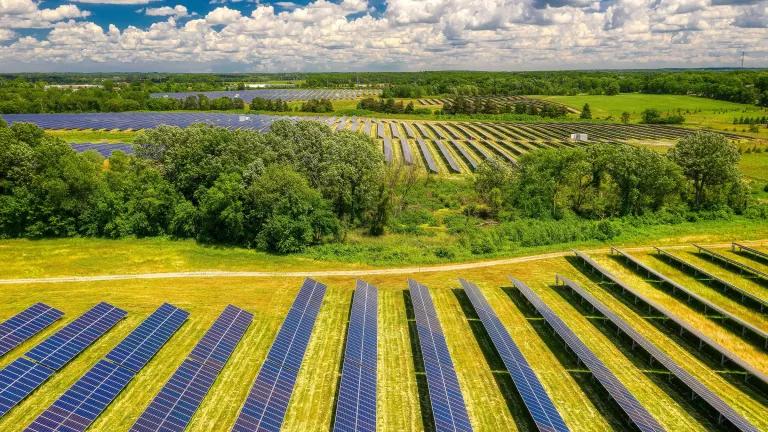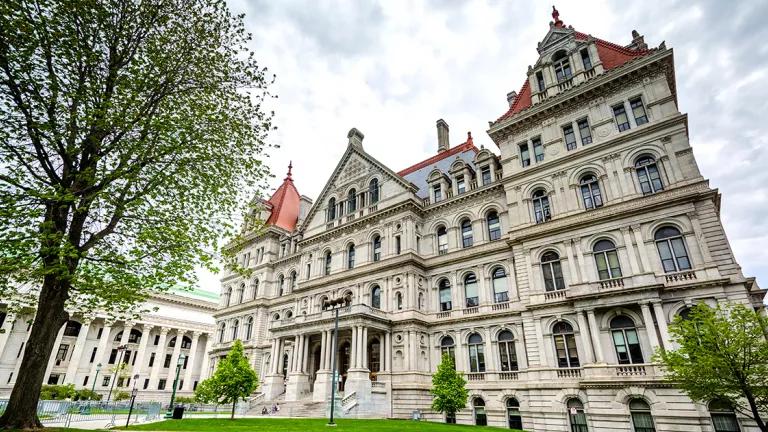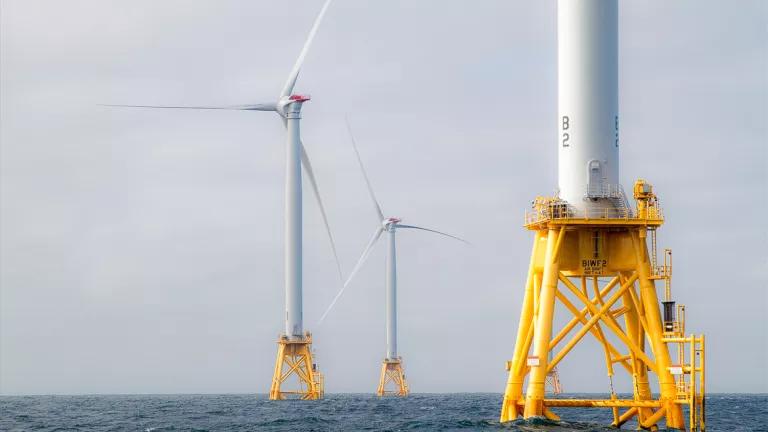
California homes and businesses must transition to clean, renewable sources of energy for heating our buildings and water in order to meet the state’s climate goals. A diverse group of 27 organizations―local governments, utilities, environmental organizations, and others―this week asked the California Public Utilities Commission (CPUC) to improve access to funds for switching to clean energy for heating.
Moving to renewable heating sources (like electricity from sun and wind power, or biogas from sustainable sources) for water heating and space heating is of growing importance in a state like California, where our increasingly clean electric grid means that other energy-related sources of climate pollution (like fossil gas burned to heat buildings and water) become key targets for emissions reductions. In California, direct emissions from residential and commercial buildings are approximately equal to the pollution from all in-state power plants, and most are from fossil gas burned in buildings. Notably, these emissions from buildings do not include all “fugitive” emissions, where gas is unintentionally released during the production, storage, transmission, distribution, and onsite use of gas.
The motion filed at the CPUC this week asks that the commission revise a policy that currently restricts the use of energy efficiency incentives for projects that involve switching between types of energy; for example a rebate to help pay for moving from a standard gas water heater to a super-efficient electric water heater. Changes to this policy could increase funding for efficient technologies that also drastically reduce climate pollution by switching to cleaner sources of energy.
This chart shows the emissions from a super-efficient, electric heat pump hot water heater (the green line) compared to other water-heating technologies as the grid gets cleaner (i.e. as the percent of renewables on the electric grid increases along the x-axis).
Carbon Intensity of Gas and Electric Water Heaters

This issue hasn’t escaped the notice of top California policy makers. Governor Jerry Brown rightly highlighted the need to “make heating fuels cleaner” in his 2015 State of the State address. And CPUC President Michael Picker stated at a recent public meeting that, “We can get to 100 percent clean electricity across the state, but we don't get to our greenhouse gas goal unless we start to supplant gas and transportation fuel with clean electricity as our first fuel.”
But there has yet to be significant policy leadership to directly address emissions from the energy for heating our buildings and water. This motion calls for one concrete step that the commission can take, and highlights the wide support for tackling this issue. Action is required today to enable the infrastructure and technology changes required to meet 2030 and 2050 climate goals, and this initial step is one of many required to reduce climate pollution from buildings in California.
NRDC was joined by these organizations in calling for action from the CPUC:
- Association for Energy Affordability (AEA)
- Association of Bay Area Governments (ABAG)
- Build It Green
- California Efficiency + Demand Management Council
- Carbon Free Palo Alto
- Center for Sustainable Energy (CSE)
- City of Arcata
- City of Berkeley
- Clean Coalition
- County of Marin
- Design AVEnues LLC
- Efficiency First California
- Environmental Defense Fund (EDF)
- Local Government Sustainable Energy Coalition (LGSEC)
- Southern California Edison (SCE)
- Marin Clean Energy (MCE)
- Redwood Energy
- San Francisco Department of the Environment
- Sierra Club
- Solar Energy Industries Association (SEIA)
- SolarCity Corporation
- Sonoma Clean Power
- Sonoma County Regional Climate Protection Authority
- StopWaste
- Union of Concerned Scientists (UCS)
- University of California Office of the President (UCOP)
Notes: The motion filed on June 8, 2017 with the CPUC is available here, and includes citations for the information provided above.



